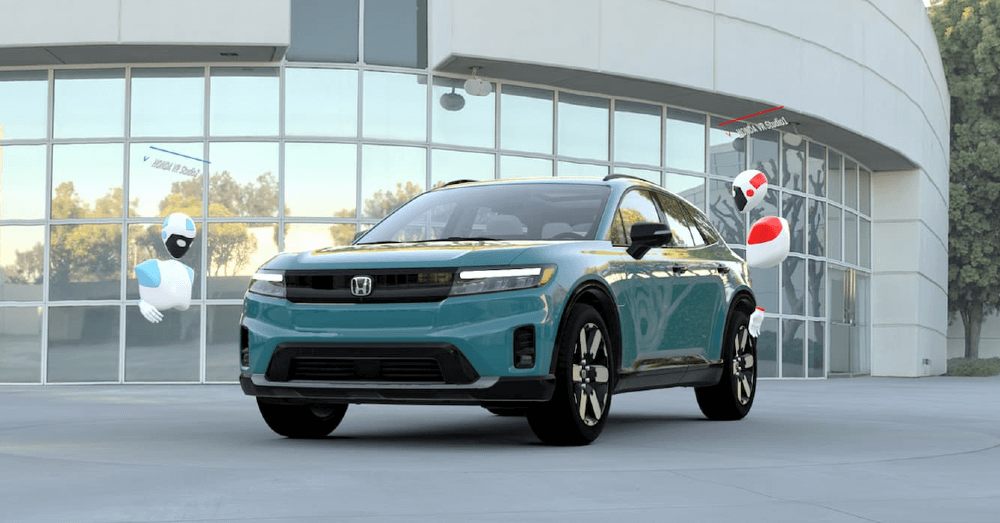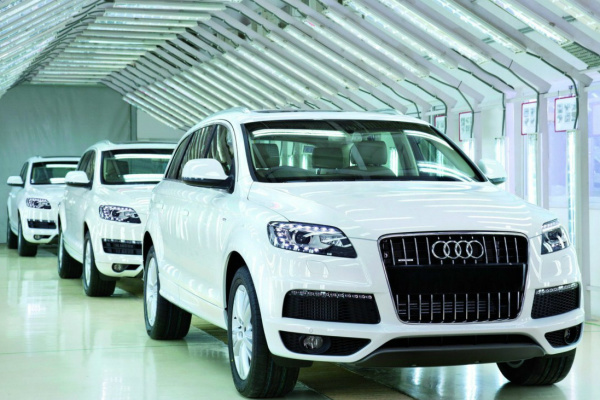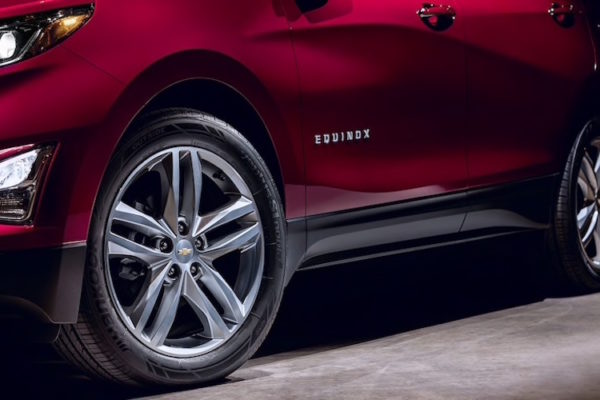
Honda EV Hub: Ohio Plants to Build EVs, Hybrids, and Gas Models
Honda takes a measured approach to building EVs. The American Honda factories in Ohio will become the Honda EV Hub and build many vehicle types.
Some automakers ditched hybrid and gasoline models to make room for EV-only production lines, but Honda has a different approach. Instead of changing everything to support the unproven and volatile EV market, Honda is working to transition its production lines to support EVs, hybrids, and gas-powered vehicles on the same assembly line. This process could be a serious game-changer for the automotive industry and show other automakers that they didn’t have to change everything.
Why are Japanese brands late to the party?
Have you noticed that Toyota, Honda, Mitsubishi, and Mazda aren’t rushing to bring electric vehicles to the market? Toyota and Honda each have a couple of models, and Honda utilizes the GM Ultium platform for its current EVs. Mitsubishi and Mazda don’t have EVs in America, although Mazda tried and failed with the RX-30 which did not have desired EV qualities.
The only Japanese brand that has a longstanding EV is Nissan. The Leaf has been around for a while, and the Ariya is a success, but even Nissan isn’t diving headfirst into this part of the market like some American and European automakers.
Honda creates its first EV platform
While Honda works to create the Honda EV Hub by utilizing production lines in Marysville and East Liberty, Ohio, the development of its first EV platform is underway. This platform was announced in January at the Consumer Electronics Show, and two concepts were presented under the Zero Series plan. This new platform should be operational soon, and an electric sedan should arrive in 2026. An Acura-branded electric SUV should begin production at the Marysville plant late in 2025, which means it should also arrive in 2026.
Rethinking how cars are built
From the time before the moving assembly line to Henry Ford’s invention, to robotics, the way cars have been built has always changed and evolved. There’s always an automaker that has figured out a newer, faster, and better way to build cars. Honda is working on processes that will reduce the complexity of the assembly line. An example of this would be using the same process for mounting engines to the chassis as mounting the electric motors. This versatility will allow the same assembly line to build EVs that also build the gas-powered Honda models.
Sustainability matters to Honda
In addition to creating more efficient and effective processes to allow one assembly line to produce various types of vehicles, the Honda EV Hub plants in Ohio are also working to be more sustainable. This means installing more energy-efficient equipment and increasing the use of recycled materials. Honda claims to have a new aluminum material that is more recyclable than previous materials. This company is also working to reuse 98 percent of the scrap material generated during production, which would greatly reduce waste from these two factories.
Megacasting at Anna Engine Plant
The Anna Engine Plant is where the Honda and Acura engines are built. This will also be where the battery packs for the Honda and Acura EVs will be built. Anna Engine Plant will be a big part of the Honda EV Hub and will create cases for massive batteries for the next-gen EV platform. These cases are larger than anything Honda has die-cast before, which brings in the term “megacasting.” This is a new process to create the massive cases to hold the battery packs in future Honda and Acura EVs.
The process will spread
Once the Honda factories in Ohio have the processes of building various vehicles on the same assembly line figured out, the process will spread across Honda’s North American network. This will benefit every Honda factory, which will eventually be part of the Honda EV Hub, but that may become a misnomer and should likely only be referred to as the Honda Hub because these factories will build EVs, hybrids, and ICE vehicles on the same assembly lines.
This post may contain affiliate links. Meaning a commission is given should you decide to make a purchase through these links, at no cost to you. All products shown are researched and tested to give an accurate review for you.



